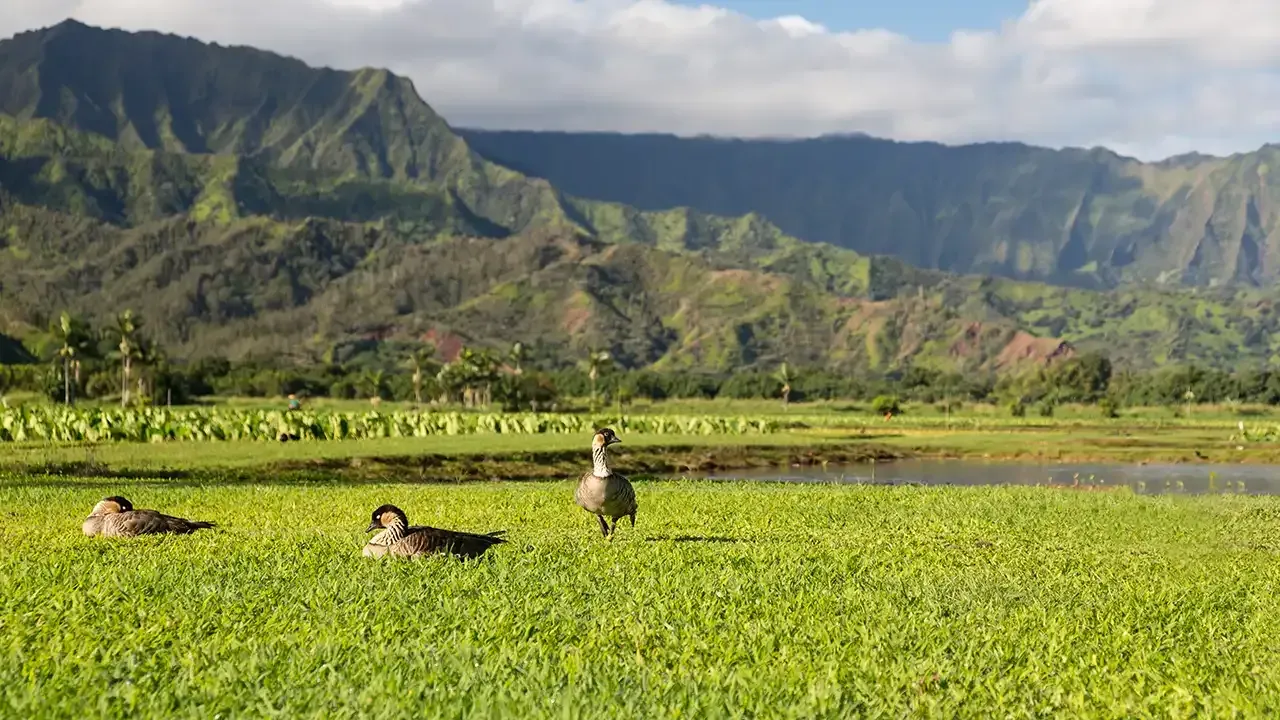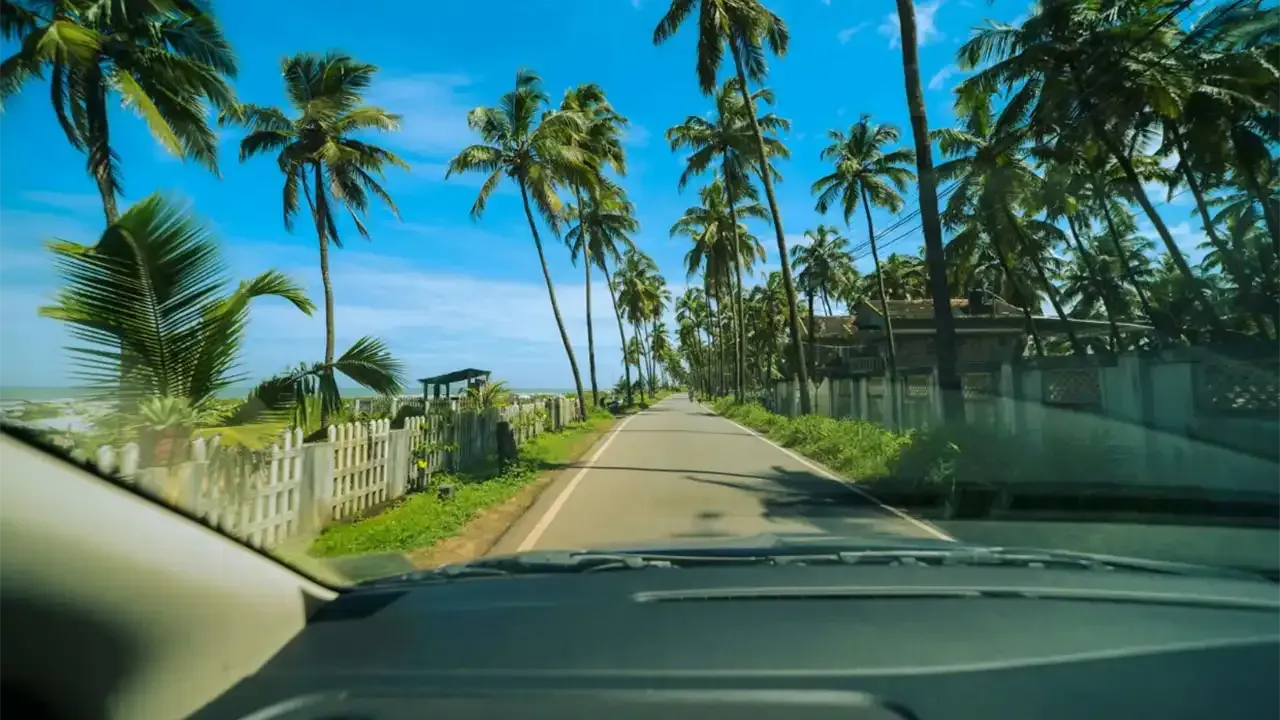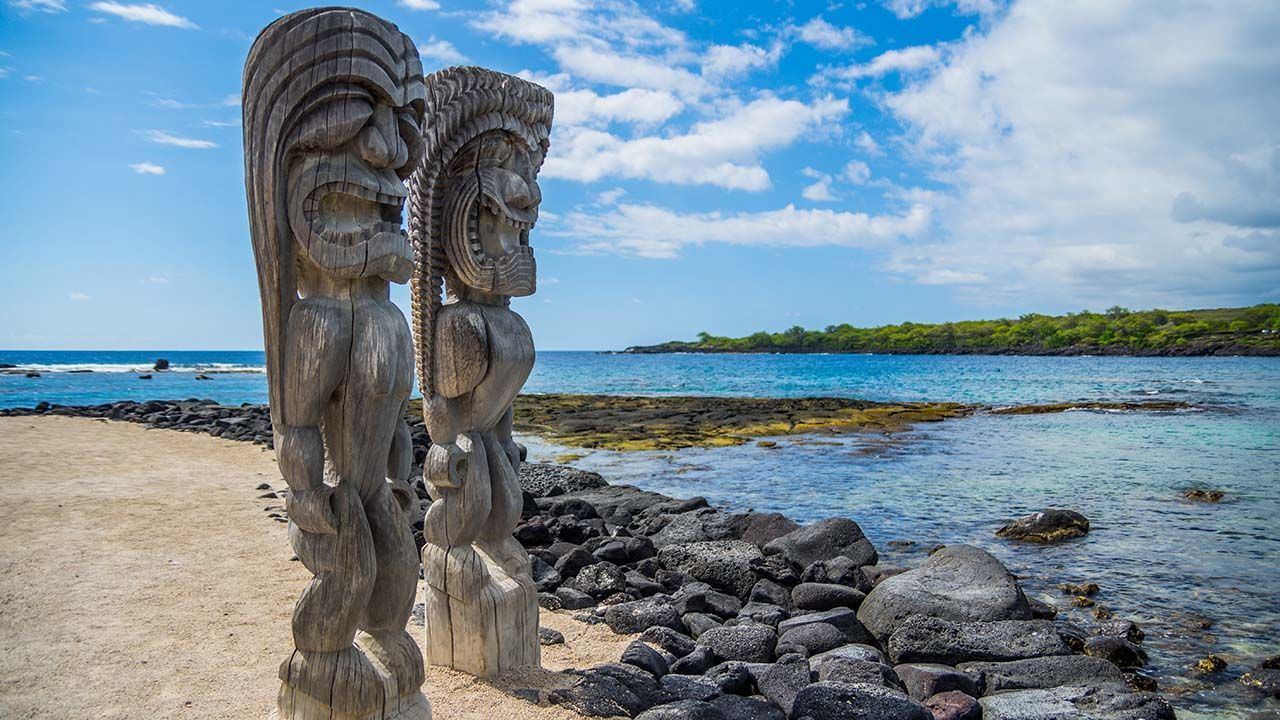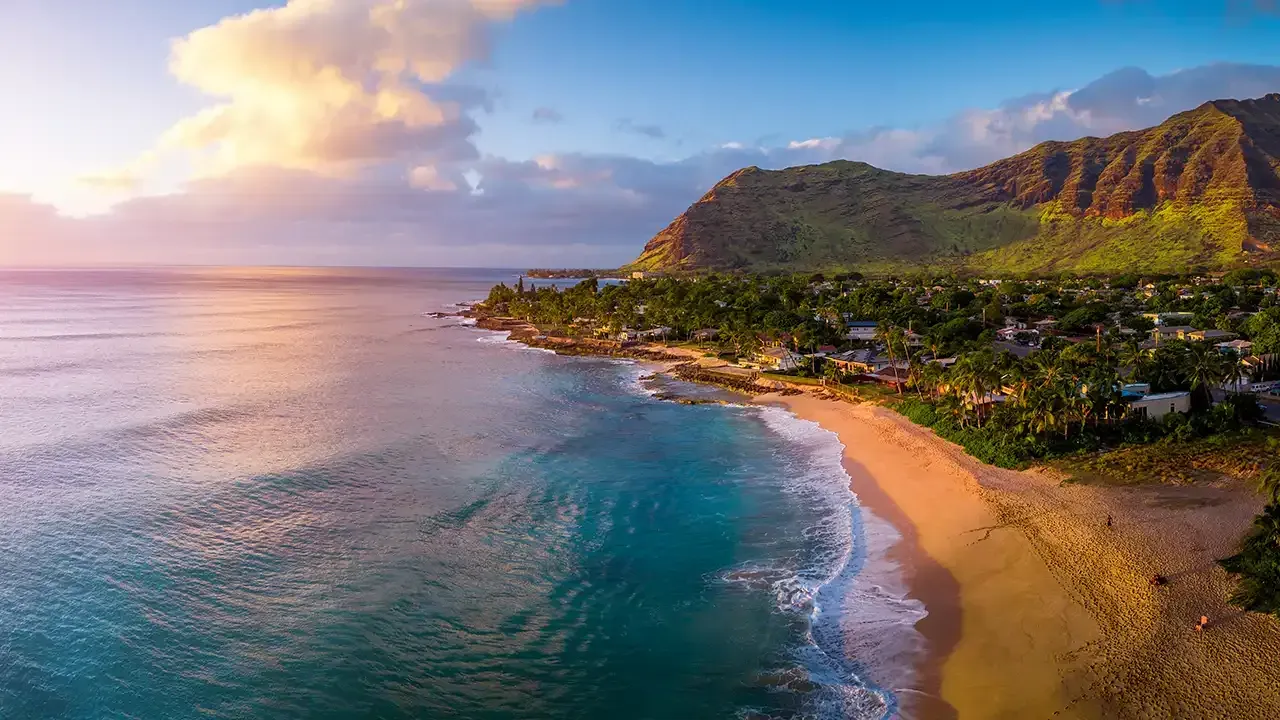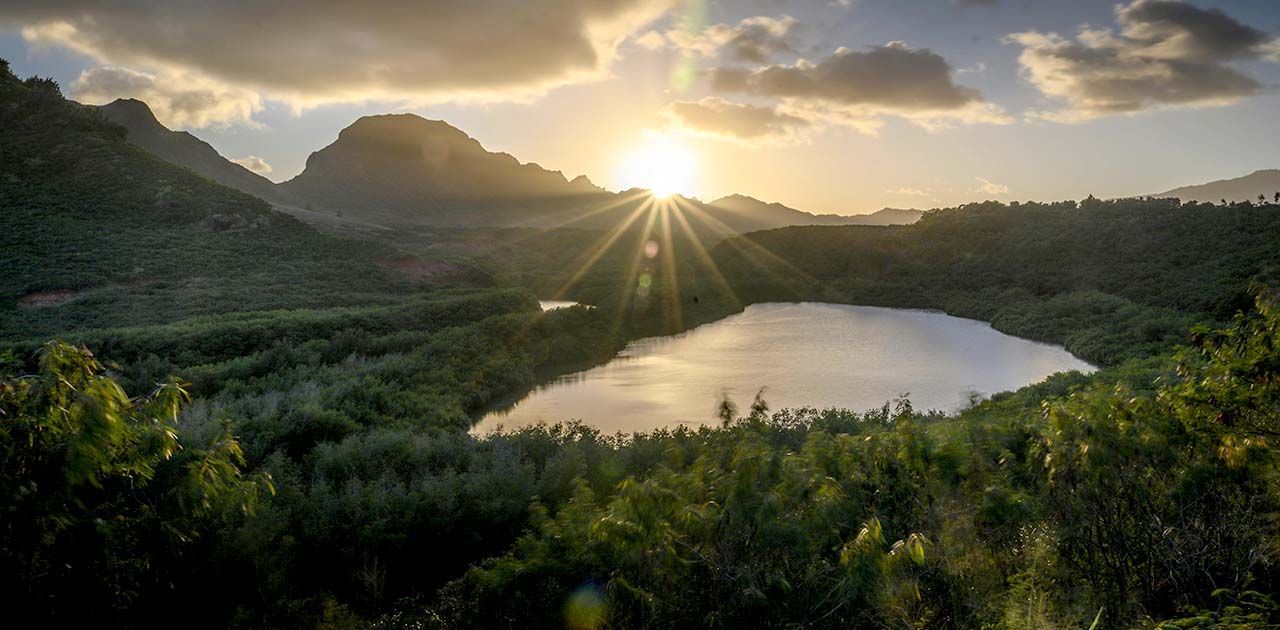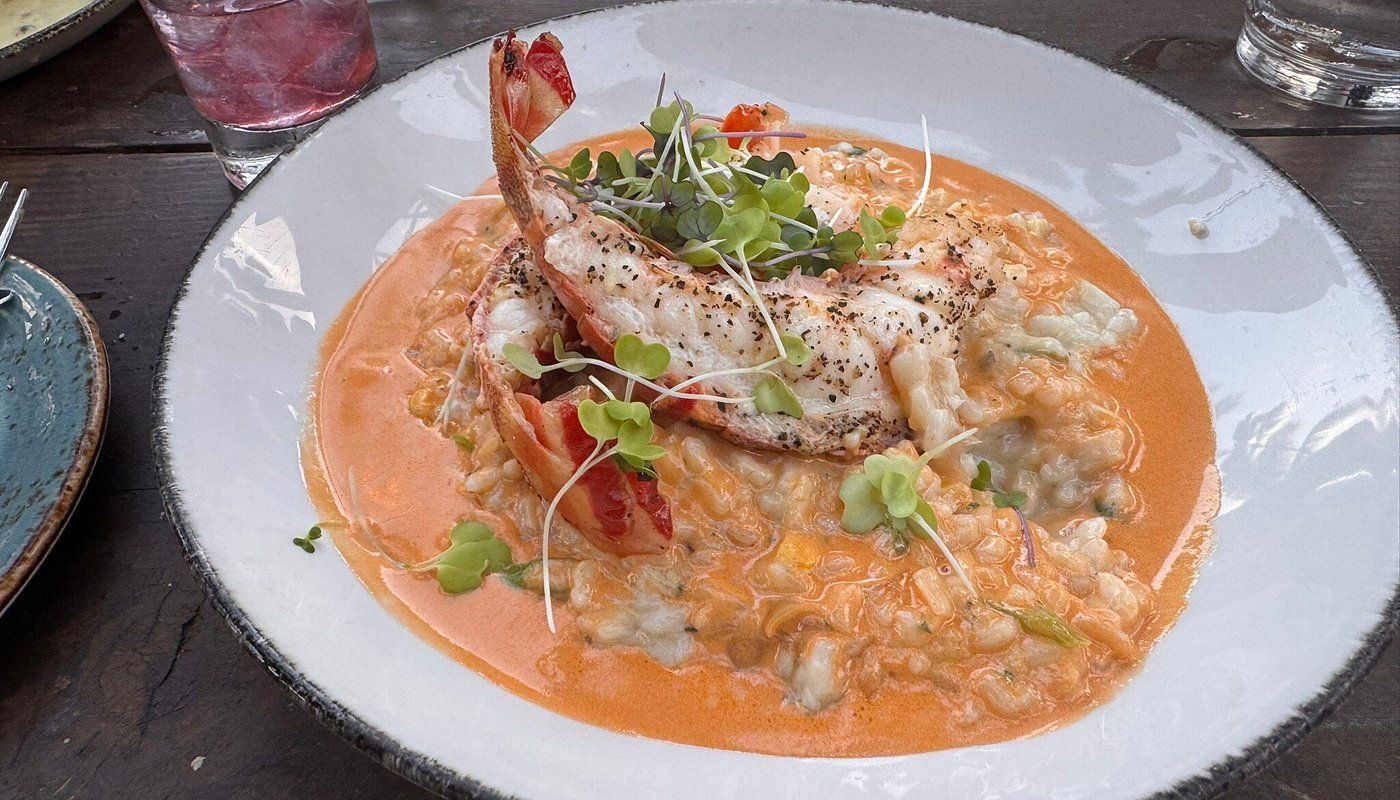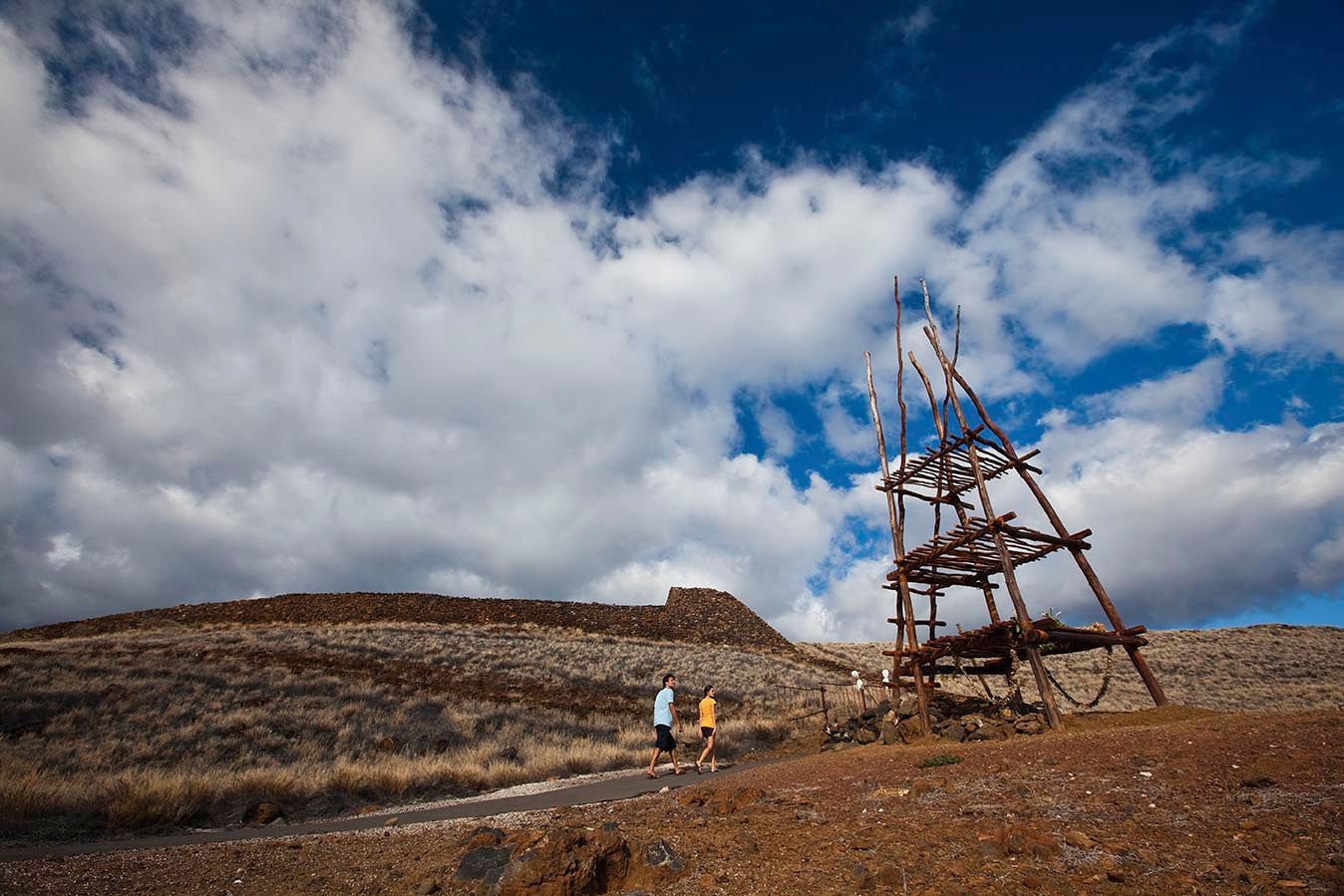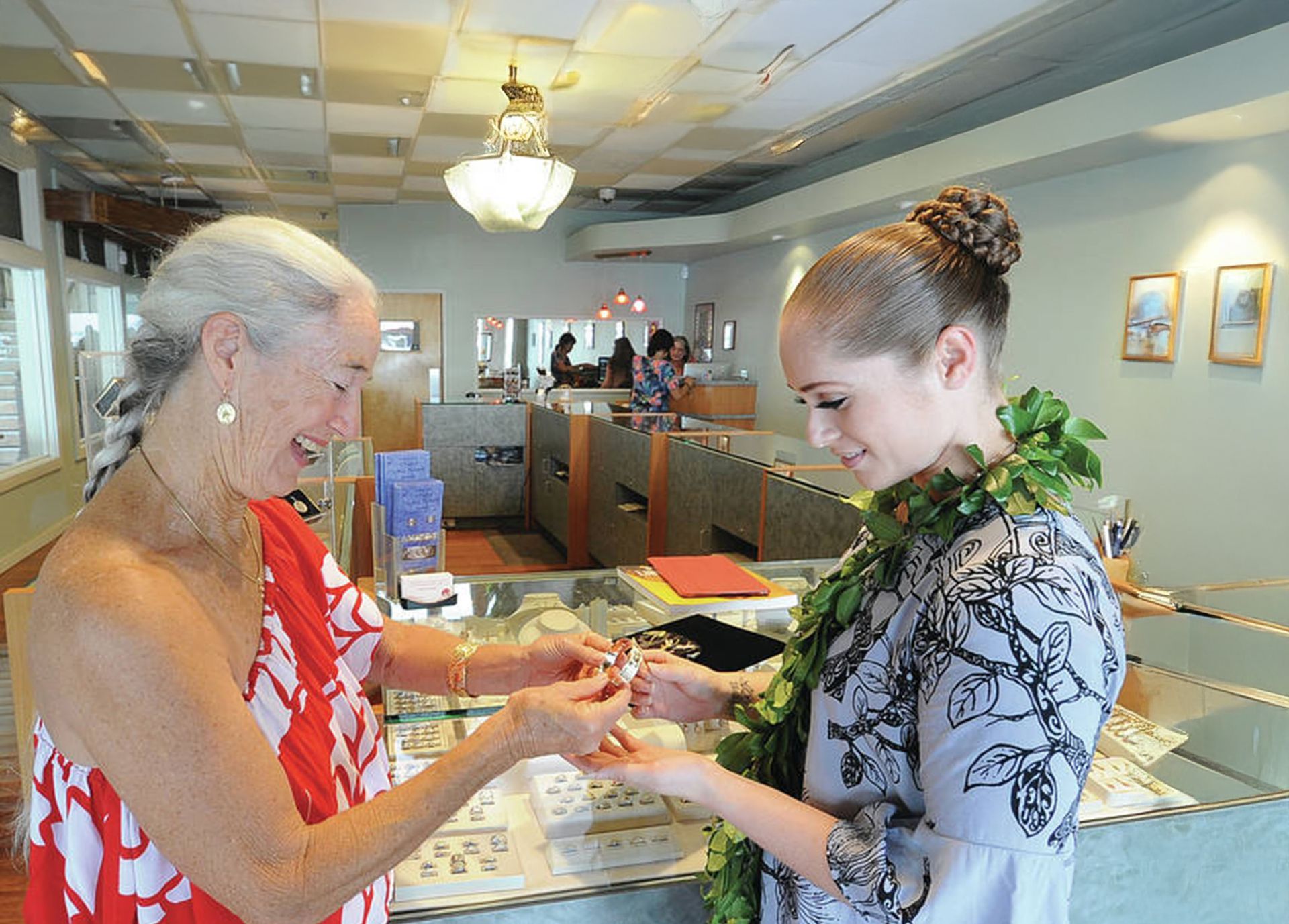Plan Your Visit to Haleakalā National Park: Full Guide
Haleakalā National Park, located on Maui, Hawaii, offers visitors a unique blend of natural beauty, cultural significance, and outdoor adventure. From its towering summit to lush coastal areas, the park provides diverse experiences.
This full guide will help you plan your visit, discover hidden gems, and identify the best spots for photography in Haleakala National Park. Read on to learn more!
Table of Contents
- Overview of Haleakalā National Park
- The Cultural Significance and History of Haleakalā National Park
- Getting There and Entry Requirements
- Sunrise and Sunset Viewing
- Hiking Trails
- Best Photo Opportunities
- Camping and Lodging
- Tips for a Successful Visit
- Frequently Asked Questions
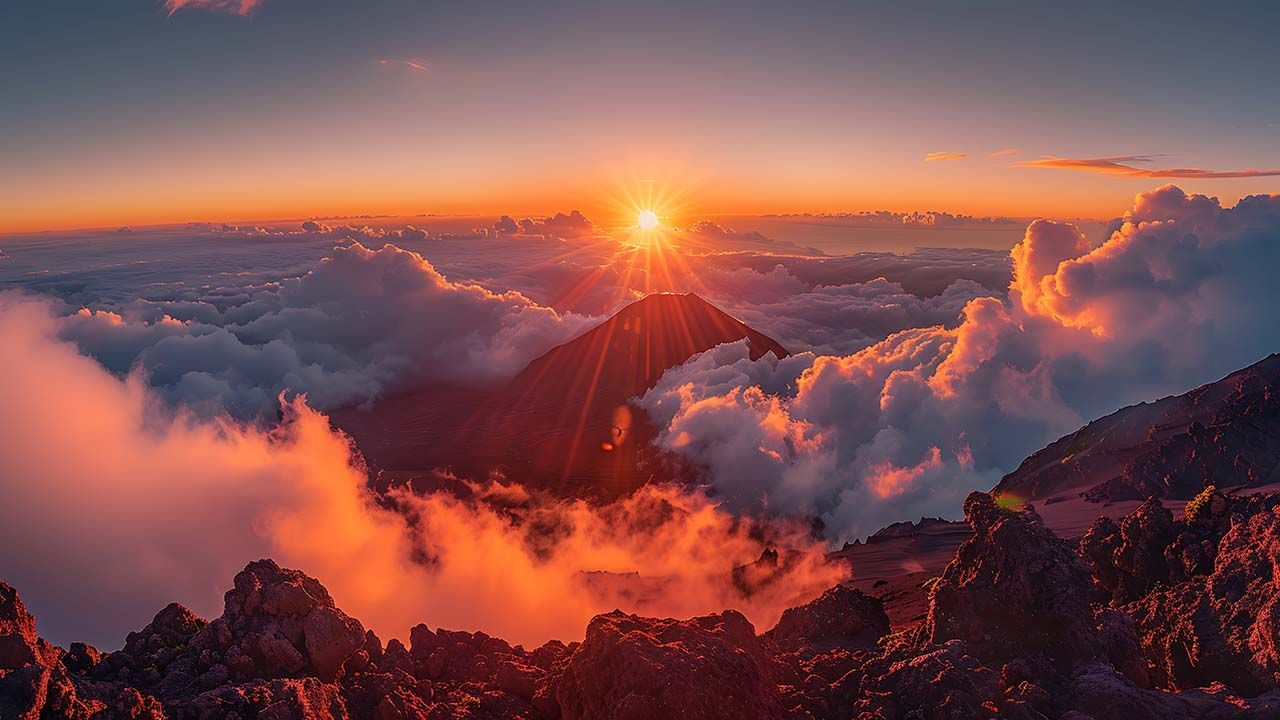
Overview of Haleakalā National Park
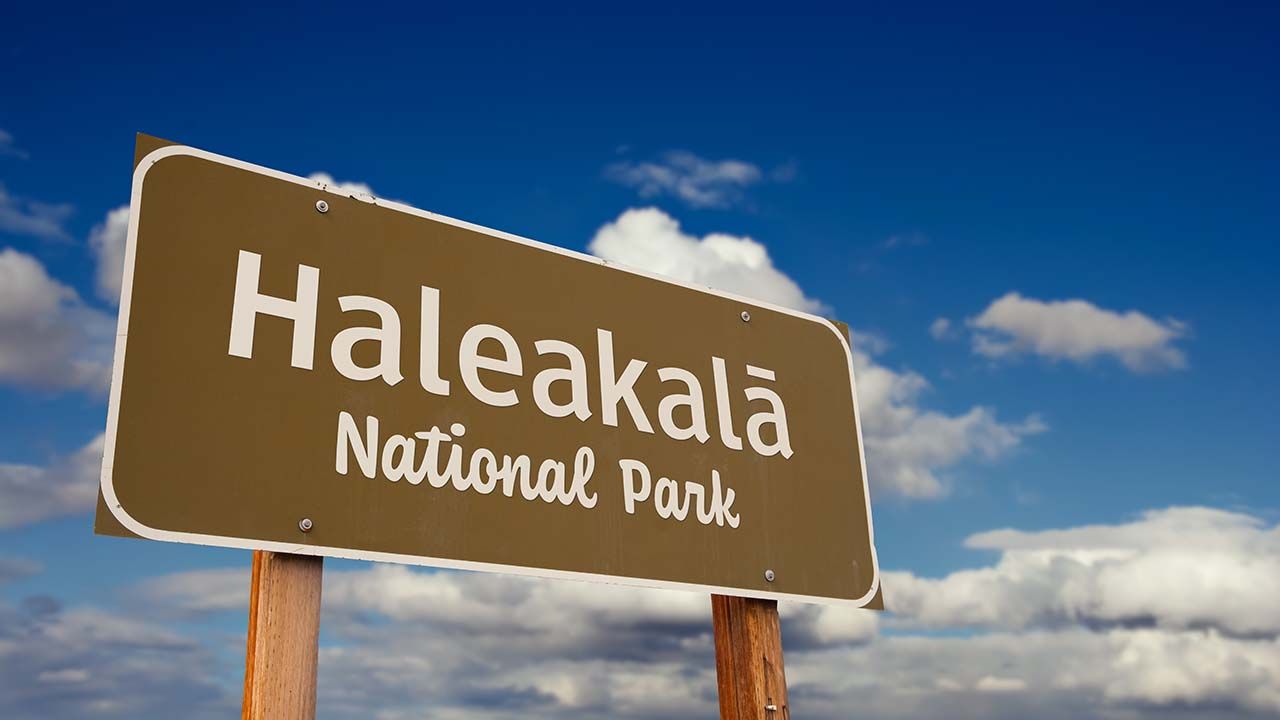
Haleakalā National Park encompasses over 33,000 acres, divided into two distinct sections: the Summit District and the Kīpahulu District. The Summit District features the dormant Haleakalā Volcano, rising over 10,000 feet above sea level, offering panoramic views and unique volcanic landscapes. The Kīpahulu District, accessible via the Hana Highway, boasts lush rainforests, waterfalls, and coastal scenery.
The Cultural Significance and History of Haleakalā National Park
Haleakalā National Park has a rich and multifaceted history that blends natural wonder, ancient Hawaiian culture, and modern conservation efforts.
Early Cultural Significance
Long before Haleakalā became a national park, it held deep spiritual significance for Native Hawaiians. The name Haleakalā means "House of the Sun" in Hawaiian, and according to legend, the demigod Maui lassoed the sun from the summit to slow its journey across the sky, lengthening the day.
The summit area was considered wao akua, or the realm of the gods, and only priests and chiefs were allowed access. It was a place for spiritual rituals, navigation training, and resource gathering, including the prized feathers of forest birds in royal capes and helmets.
European Contact and Ranching Era
In the late 18th century, European explorers arrived, bringing new plants and animals that began altering the ecosystem. By the 1800s, Haleakalā's highlands were being used for grazing cattle and sheep, leading to soil erosion and loss of native plants. Despite these disruptions, the summit continued to inspire awe in travelers and scientists alike.
Becoming a National Park
Haleakalā became part of Hawai'i National Park in 1916, along with Kīlauea and Mauna Loa on the Big Island, through an act of Congress. It was designated a separate national park in 1961, creating Haleakalā National Park as we know it today.
The park's creation aimed to protect its unique volcanic landscapes, biodiversity, and cultural sites. It was one of the earliest places in Hawaii to be recognized for its ecological and artistic value.
Conservation Efforts
Throughout the 20th and 21st centuries, the National Park Service has worked to preserve native ecosystems, remove invasive species, and reintroduce endangered animals like the nēnē (Hawaiian goose) and protect plants like the 'āhinahina (Haleakalā Silverswords).
Today, Haleakalā is a natural wonder and a hub for environmental education, scientific research, and cultural preservation.
Getting There and Entry Requirements
Planning your journey to Haleakalā National Park begins with understanding the logistics of reaching its distinctly different districts: the Summit and Kīpahulu. Though part of the same national park, each region offers scenery, access points, and travel challenges.
Whether chasing sunrise at 10,000 feet or wandering through a rainforest to see waterfalls, knowing how to get there, and what it takes to enter, is key to a stress-free visit.
Summit District: Crater Views Above the Clouds

The Summit District is home to the massive volcanic crater of Haleakalā and is often the primary draw for visitors. Standing at 10,023 feet above sea level, this area offers surreal landscapes, stargazing opportunities, and one of the most iconic sunrise views in the United States.
- Location: The Summit entrance is approximately 37 miles southeast of Kahului Airport, Maui's main arrival point for travelers.
- Drive Time: The journey will take 1.5 to 2 hours, depending on traffic, time of day, and weather conditions. Sunrise travelers should allocate extra time due to heavy visitation during early morning hours.
- Road Conditions: The Haleakalā Highway (Route 378) is well-paved and maintained but features numerous switchbacks and steep inclines as it climbs to the summit. Drivers should be cautious and avoid speeding. The high elevation can also affect breathing and driving focus, so take breaks if needed.
- Facilities:
Near the summit, you'll find parking areas, restrooms, interpretive signs, and the Haleakalā Visitor Center, which provides exhibits, maps, and park information.
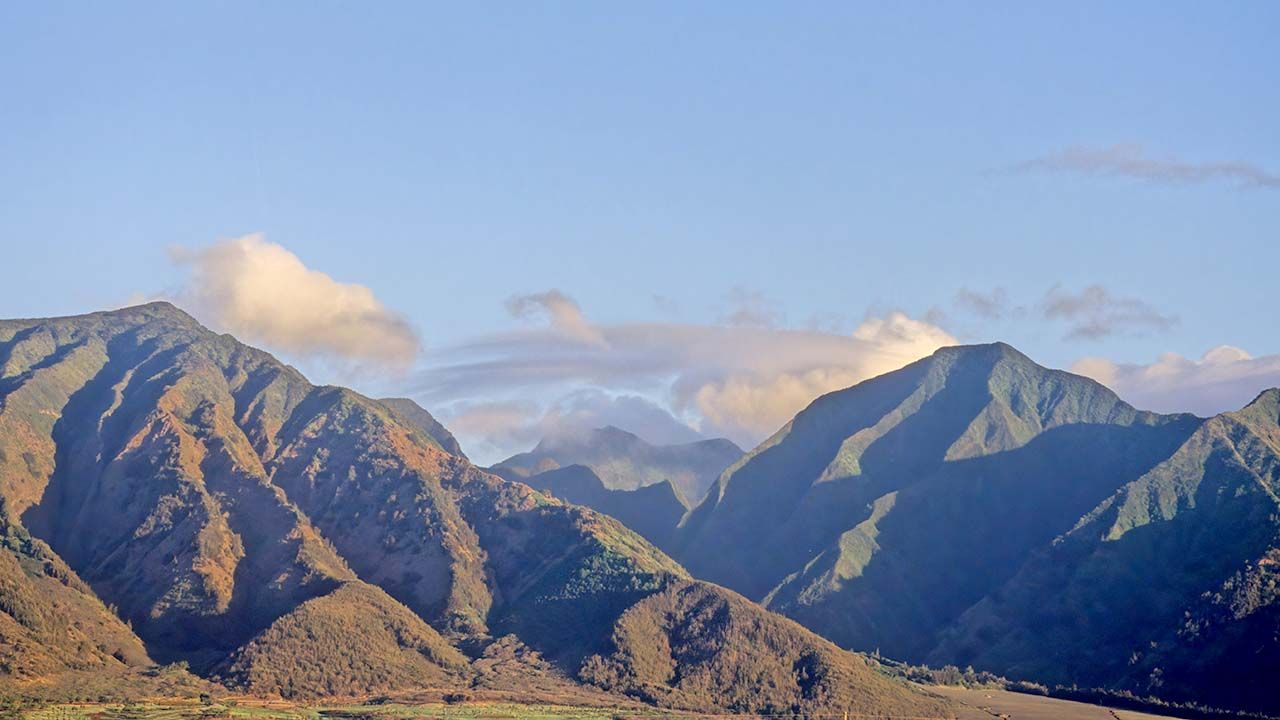
Kīpahulu District: Rainforests and Waterfalls
The Kīpahulu District lies on the lush eastern coast of Maui and showcases the tropical side of Haleakalā. It's known for the Pīpīwai Trail, Waimoku Falls, and the ʻOheʻo Gulch (Seven Sacred Pools).
- Location: Situated 12 miles past Hāna, this area is part of the famed Road to Hāna, a winding, scenic route filled with lookouts, waterfalls, and ocean views.
- Drive Time: It typically takes 2.5 to 3 hours to reach Kīpahulu from Kahului. However, the journey can extend much longer depending on the number of stops, single-lane bridges, and traffic along the Hana Highway (Hwy 360).
- Road Conditions: The drive is visually stunning but physically demanding. Hairpin turns, narrow bridges, and sharp drops mean drivers should take their time. Starting early is recommended to avoid crowds and allow ample daylight for the return trip.
- Facilities: The Kīpahulu Visitor Center provides trail maps, cultural exhibits, and restrooms. Rangers are often available to answer questions and update trail and pool conditions.
Haleakala Entry Fees and Passes
Haleakala National Park does have some access fees. Access to the Summit and Kīpahulu districts is covered by a single entrance fee for three consecutive days.
| Entry Type | Fees | Notes |
|---|---|---|
| Private Vehicle | $30 | Covers all occupants in a single vehicle |
| Motorcycle | $25 | Per motorcycle and passenger |
| Individual (on foot/bicycle) | $15 | Per person, ideal for cyclists or backpackers |
| America the Beautiful Pass | Accepted | Grants entry to all national parks; valid nationwide |
Pro Tips: If you visit more than one U.S. National Park within a year, consider purchasing the America the Beautiful Annual Pass ($80). It's accepted at Haleakalā and over 2,000 other federal recreation sites nationwide.
Sunrise and Sunset Viewing
Witnessing the sunrise or set from the summit of Haleakalā is a bucket-list experience that defies description. As the sky ignites with hues of gold, rose, and indigo above a sea of clouds, it's easy to understand why ancient Hawaiians believed this was where the sun was snared. But this spectacle doesn't come without a bit of planning.
From mandatory sunrise reservations to navigating chilly summit temperatures, knowing what to expect will help you thoroughly savor this once-in-a-lifetime moment. Whether you greet the new day in silent awe or watch it close in a golden haze, Haleakalā offers a front-row seat to nature's most dazzling show.
Sunrise at the Summit:
- Reservations: Reservations are required for sunrise viewing; they can be made at Recreation.gov.
- Best Viewing Spots: Puʻu ʻUlaʻula (Red Hill) and the Haleakalā Visitor Center.
- Arrival Time: At least 1.5 hours before sunrise to secure parking and a good viewing spot.
- Tips: Dress warmly; temperatures can be near freezing. Bring snacks and water.
Sunset at the Summit:
- Reservations: Not required.
- Best Viewing Spots: Similar to sunrise spots; arrive early to find parking. (NPS.gov)
- Tips: Bring a blanket or chair for comfort. Be prepared for chilly conditions.
Hiking Trails
Haleakalā National Park is a hiker's paradise, offering various trails that wind through volcanic craters, lush rainforests, and dramatic coastal cliffs. Each trail immerses visitors in a unique ecosystem—some with Martian-like terrain, others bursting with waterfalls and dense bamboo forests. Whether you're a seasoned trekker or a casual walker, the park's two districts—Summit and Kīpahulu—offer distinct and unforgettable hiking experiences. Here's a closer look at the most iconic trails in each area.
Summit District: Into the Heart of a Volcano
At over 10,000 feet above sea level, the trails in the Summit District take you deep into Haleakalā Crater—a massive, windswept basin carved by centuries of erosion and lava flow. The air is thinner, the temperatures more remarkable, and the landscape nothing short of surreal.
Sliding Sands Trail (Keoneheʻeheʻe Trail)
- Distance: Up to 11 miles round-trip (out-and-back)
- Difficulty: Strenuous
- Elevation Change: Nearly 2,500 feet descent into the crater
This trail begins at the Haleakalā Visitor Center and immediately descends into the expansive crater. As you drop in, you're surrounded by crimson cinder cones, sweeping ash fields, and volcanic rock formations that seem pulled from another planet.
The trail's nickname, Sliding Sands, is no exaggeration, the terrain is soft, steep, and rugged. Along the way, you'll encounter ʻāhinahina (Haleakalā silversword), a rare plant that thrives in this high-altitude desert.
Many hikers choose to trek a few miles in and turn around, while others complete the entire descent to Kapalaoa Cabin or even Palikū Cabin, which requires a backcountry permit. Be aware that the return climb is steep and can be exhausting, especially in the thin air.
Halemauʻu Trail
- Distance: 7.5 miles round-trip to the crater floor
- Difficulty: Moderate to strenuous
- Highlights: Panoramic views, switchbacks, lava flows, native vegetation
This lesser-traveled trail begins at Halemauʻu Overlook and offers one of the most scenic descents into Haleakalā Crater. Dramatic switchbacks carve along the cliffs, opening to expansive views of the crater's floor and multicolored cinder cones. The trail leads hikers to Hōlua Cabin, a rustic backcountry shelter near an ancient lava flow.
Because it starts at a lower elevation than Sliding Sands, the Halemauʻu Trail is sometimes chosen for its slightly easier ascent, though it still demands endurance. Cloud cover often drifts in and out, adding an ethereal quality to the hike.
Kīpahulu District: Lush Jungle and Waterfall Wonders
Located on the rain-soaked eastern flank of Haleakalā, the Kīpahulu District offers an entirely different hiking experience. These trails take you through verdant forests filled with native plants, overflowing streams, and up to spectacular waterfalls.
Pīpīwai Trail
- Distance: 4 miles round-trip
- Difficulty: Moderate
- Highlights: Bamboo forest, waterfalls, banyan tree
This is one of the most popular trails in the entire park, and for good reason. The Pīpīwai Trail begins near the Kīpahulu Visitor Center and steadily climbs through a tropical rainforest rich with life. Early on, you'll pass a giant banyan tree, its roots twisting and weaving into the earth like ancient sculpture.
Further along, you'll enter a serene bamboo forest, where tall, whispering stalks surround the boardwalk path. The trail culminates at the breathtaking Waimoku Falls, a 400-foot cascade plunges down a sheer lava wall. The view is stunning, especially after rainfall. Be cautious near the falls, rockslides can occur, and swimming is prohibited.
Kūloa Point Trail
- Distance: 0.5 miles round-trip
- Difficulty: Easy
- Highlights: Coastal views, cultural sites, Pools of ʻOheʻo
This short and accessible trail offers a tranquil stroll along Maui's rugged southeastern coastline. Starting at the same visitor center, the path winds past ancient Hawaiian agricultural terraces and heiau (sacred sites) before ending at the ʻOheʻo Gulch, also known as the Pools of ʻOheʻo.
Waterfalls feed these tiered, freshwater pools and sit just above the crashing ocean. While swimming is often restricted due to flash flood risks, the views alone are worth the visit. The area is rich in cultural significance and offers a glimpse into the traditional Hawaiian lifestyle.
Best Photo Opportunities
Haleakalā National Park is a visual masterpiece, offering photographers of all levels the chance to capture otherworldly landscapes, rare wildlife, and dramatic lighting. From volcanic craters to cascading waterfalls, the park presents a dynamic range of settings that change throughout the day—and even more so across the seasons. Whether you're wielding a DSLR or just your phone, the following locations and times of day are ideal for snapping unforgettable shots.
Crater Overlooks: Views from Another World
Standing at the edge of the Haleakalā Crater is like gazing across an alien planet. This massive basin—roughly 7 miles across and 2,600 feet deep—offers a stunning tableau of colorful cinder cones, lava flows, and distant mountain peaks.
- Top Spots: The Puʻu ʻUlaʻula (Red Hill) Overlook and Kalahaku Overlook are two of the most popular and accessible vantage points. Both are located near the summit and offer sweeping views into the crater, especially dramatic during early morning or late afternoon light.
- Best Time to Shoot: Golden hour enhances the reds, browns, and purples of the volcanic soil, adding depth and richness to your images. Midday light, while harsh, can also accentuate the crater floor's stark shadows and otherworldly textures.
- Tips: Use a wide-angle lens to capture the full scale of the crater. A polarizing filter can help manage glare and deepen sky contrast.
Sunrise & Sunset: Light Beyond Words
Photographers worldwide travel to Haleakalā to capture its iconic sunrise, where the sun pierces through layers of clouds 10,000 feet above sea level. The scene is ethereal, serene, and ever-changing, with every morning offering a different play of light and atmosphere.
- Sunrise: Best viewed from Puʻu ʻUlaʻula (Red Hill) or directly outside the Haleakalā Visitor Center, the sunrise can cast brilliant oranges, pinks, and purples across the sky and crater. The low, slanting light brings out the textures and shadows of the cinder cones for a jaw-dropping foreground.
- Sunset: Though less crowded, the sunset from the summit is just as spectacular, casting a warm golden hue over the summit and revealing a clearer view of neighboring islands like Lānaʻi and Kahoʻolawe on a clear day.
- Tips: Bring a sturdy tripod, especially for low-light sunrise/sunset conditions. Use a remote shutter or timer to avoid camera shake. Arrive early to secure the best spots—and dress warmly!
Pīpīwai Trail: Jungle Beauty and Waterfall Majesty
The Pīpīwai Trail in the Kīpahulu District is a photographer's playground, offering a progression of dramatically different settings that lend themselves to various styles and moods.
- Bamboo Forest: Midway through the hike, you'll pass through a dense bamboo grove that filters light into vertical green beams. The narrow boardwalk trail makes for compelling leading lines in your shots, and a wide aperture lens can give you that magical depth-of-field look.
- Waimoku Falls: At the trail's end, you'll encounter Waimoku Falls, a majestic 400-foot vertical drop down a sheer cliff. The waterfall is incredibly photogenic after rain, surrounded by mossy rocks and thick tropical vegetation.
- Tips: Carry a lens cloth - moisture is common. A neutral density (ND) filter allows for long-exposure shots of the waterfall, creating that smooth, silky water effect.
Night Sky: A Celestial Canvas
Thanks to its high elevation, clean air, and minimal light pollution, the summit of Haleakalā is one of the best places in the U.S. for astrophotography. On a clear night, the Milky Way arcs overhead like a celestial river, and constellations shine with breathtaking clarity.
- What to Capture: Star trails, the Milky Way, meteor showers, and even the glow of distant planets. The Haleakalā Observatory (not open to the public) is located near the summit because of these ideal stargazing conditions.
- Best Time: New moon phases offer the darkest skies. Summer months are ideal for photographing the core of the Milky Way, while winter skies offer clearer air and longer nights.
- Tips: Bring a tripod and wide-angle lens (f/2.8 or lower if possible). Use manual focus, long exposures (20–30 seconds), and high ISO settings (1600–3200). Download a stargazing app like Sky Guide to help plan your shoot.
Camping and Lodging
Spending the night in Haleakalā National Park isn't just a way to rest—it's a chance to experience the park's raw beauty after the crowds depart. Whether you prefer rustic camping under the stars, sleeping above the clouds near the summit, or hiking deep into the crater for a truly off-the-grid experience, the park offers several lodging options for various adventure levels. Each location provides a unique perspective on the park's diverse ecosystems and a chance to immerse yourself in nature's silence and splendor.
Hosmer Grove Campground (Summit District)
- Elevation: ~7,000 feet above sea level
- Location: Just inside the Summit entrance, off the main park road
- Accessibility: Reachable by car
- Availability: First-come, first-served
- Fee: Included with park admission; no additional camping fee
Hosmer Grove is the most accessible campground in the Summit District and a favorite among visitors who want to catch the sunrise without a pre-dawn drive. Nestled in a forested grove of fragrant eucalyptus and conifers (planted in the early 1900s as an experimental forest), this campground offers a peaceful and scenic base just minutes from crater overlooks.
Basic facilities include picnic tables, BBQ grills, drinking water, and vault toilets. However, there are no showers, no electrical hookups, and temperatures can dip into the 30s or 40s at night, even in summer, so come prepared with warm clothing and a four-season tent if possible.
Tips:
- Arrive early in the day to secure a spot, especially on weekends.
- Mosquitoes can be an issue in the forested areas—bring repellent.
- Wake early and drive 30 minutes to the summit for unforgettable sunrise photography.
Kīpahulu Campground (Kīpahulu District)
- Elevation: Sea level
- Location: Near the Kīpahulu Visitor Center, about 12 miles past Hāna on the eastern coast
- Accessibility: Reachable by car via the Hana Highway
- Availability: First-come, first-served
- Fee: Included with park admission; no additional camping fee
Tucked along the rugged coastline of east Maui, Kīpahulu Campground offers a tranquil, tropical alternative to the high-altitude summit. Located steps from the famous ʻOheʻo Pools and a short walk from the Pīpīwai Trail, this campground lets visitors fall asleep to the sound of waves and wake up surrounded by lush rainforest and volcanic cliffs.
Sites are well spaced and come with picnic tables, BBQ grills, and pit toilets. There's no potable water on-site, so campers must bring their water or sterilize stream water.
Tips:
- The road to Hāna is winding and slow—plan to arrive well before dark.
- Flash floods are possible—check weather conditions before hiking or camping.
- The night skies here are crystal clear, with excellent stargazing by the ocean.
Wilderness Cabins (Backcountry Lodging in Haleakalā Crater)
For a true adventure, Haleakalā National Park offers three remote wilderness cabins inside the crater, accessible only by long-distance hiking trails. These cabins—Hōlua, Kapalaoa, and Palikū—allow you to sleep surrounded by lava flows, silverswords, and silence, with only the stars overhead and the crater's ridges around you.
- Reservations: Required via Recreation.gov
- Fee: $75 per night (subject to change)
- Capacity: Sleeps up to 12 people
- Amenities: Basic wooden bunks with mattresses, wood-burning stove, table, chairs, and a non-potable water tank (purification required)
Each cabin sits in a distinct environment:
- Hōlua Cabin (7,000 ft): Closest to Halemauʻu Trailhead; surrounded by shrubland and native grasses.
- Kapalaoa Cabin (7,250 ft): The crater's center is surrounded by lava fields and minimal vegetation.
- Palikū Cabin (6,380 ft): At the eastern edge of the crater, near rainforest; lush and green, often misty and cool.
Tips:
- Be prepared for 10+ mile hikes to reach the cabins, carrying all your gear.
- Weather can vary drastically—bring rain gear, layers, and a reliable map.
- Campfires are not permitted, and open flames should be avoided.
Additional Lodging Options (Outside the Park)
If camping isn't your style, several bed-and-breakfasts, eco-lodges, and boutique hotels are in nearby areas like Makawao, Kula, and Hana. These provide comfortable accommodation while keeping you close to either district of the park.
- Kula Lodge: Charming mountain lodge with great food and sweeping views.
- Hana-Maui Resort: A luxury option near the Kīpahulu District.
- Airbnb/VRBO: Numerous off-grid cabins and cottages in Upcountry Maui and East Maui for a more personalized stay.
Tips for a Successful Visit
Whether chasing sunrise above the clouds or hiking to a hidden waterfall, a trip to Haleakalā National Park will surely be unforgettable—if you're prepared. The park's remote terrain, dramatic elevation changes, and varying weather can catch seasoned travelers off guard.
With limited cell service, no nearby gas stations, and ecosystems sensitive to human impact, a little preparation goes a long way. These essential tips will help you stay safe, respect the land, and make the most of your adventure in this awe-inspiring Hawaiian treasure.
- Check Park Alerts: Before heading out, visit nps.gov/hale for real-time road closures, weather advisories, and park alerts.
- Gas Up: There are no gas stations in or near either park district, so fill up in Kahului or Hāna before driving.
- Plan for No Cell Service: Signal is spotty, especially in the Kīpahulu District. Download offline maps in advance.
- Pack Essentials: Bring food, water, sun protection, and motion sickness remedies if prone to car sickness, particularly on the road to Hāna.
- Acclimate to Altitude: Take it slow to adjust to the high elevation at the summit. (Recreation.gov)
- Weather Preparedness: Conditions can change rapidly; bring layers and rain gear.
- Stay on Trails: Protect fragile ecosystems by sticking to designated paths.
- Leave No Trace: Carry out all trash and respect wildlife.
Haleakalā National Park offers diverse experiences, from witnessing breathtaking sunrises above the clouds to exploring lush rainforests and waterfalls. By planning and respecting the natural environment, visitors can fully appreciate this Hawaiian treasure's unique beauty and cultural significance.
Frequently Asked Questions (FAQs)
Do I need a reservation to visit Haleakalā National Park?
You do not need a reservation for general entry during regular hours. However, a special sunrise reservation is required between 3:00 a.m. and 7:00 a.m. if you plan to view the sunrise from the Summit District. These can be booked online at Recreation.gov and should be made well in advance, especially during peak travel seasons.
What is the best time of year to visit Haleakalā?
Haleakalā is a year-round destination, but the best months for clear skies and comfortable weather are April through October. During this period, the weather is typically drier, and the skies are clear, ideal for sunrise/sunset viewing and hiking. Winter months (November–March) bring more clouds and rain, particularly in the Kīpahulu District.
Can I swim in the Pools of ʻOheʻo?
Swimming in the ʻOheʻo Pools is not always allowed. The National Park Service closes the pools whenever there is a risk of flash flooding, rockfalls, or high water levels, which can happen frequently. Always check with rangers at the Kīpahulu Visitor Center for current conditions before attempting to swim or wade.
What should I pack for a day trip to Haleakalā?
Here's an essential packing list for a safe and enjoyable visit:
- Warm clothing (layers, gloves, hat)
- Sunscreen and sunglasses (UV is strong even when cold)
- Plenty of water (there are limited refill stations)
- Snacks or a packed lunch
- A map or downloaded offline navigation
- Camera or smartphone
- Flashlight or headlamp if hiking early or late
- Motion sickness remedy (for the Hana Highway)
Is Haleakalā suitable for children and older adults?
Yes! Many overlooks and attractions are easily accessible by car, and shorter hikes like the Kūloa Point Trail or the Hosmer Grove Nature Trail are family-friendly. However, be mindful that the high summit elevation may cause some individuals altitude discomfort. Plan to take it slow, and consult a doctor if you're traveling with someone with respiratory or heart conditions.
Are there food or lodging services inside the park?
There are no restaurants, cafes, or hotels inside Haleakalā National Park. You must bring your food and beverages. The nearest places for lodging and dining are in nearby towns like Kula, Makawao, and Hāna. Plan accordingly and fill up on gas and supplies before entering the park.
Enjoy Your Visit To Haleakala National Park!
A visit to Haleakalā National Park is more than just a stop on your Hawaiian itinerary, it's an encounter with nature’s grandeur, ancient culture, and geological wonder. From the soul-stirring silence of the crater at sunrise to the lush trails that wind through bamboo forests and waterfalls, every corner of the park offers a chance to reconnect with the Earth and yourself.
With thoughtful planning, a sense of respect for the land, and a spirit of adventure, your journey to Haleakalā will become one of the most unforgettable highlights of your time in Maui. So rise early, pack well, tread lightly, and let Haleakalā’s magic leave its mark on your heart.

